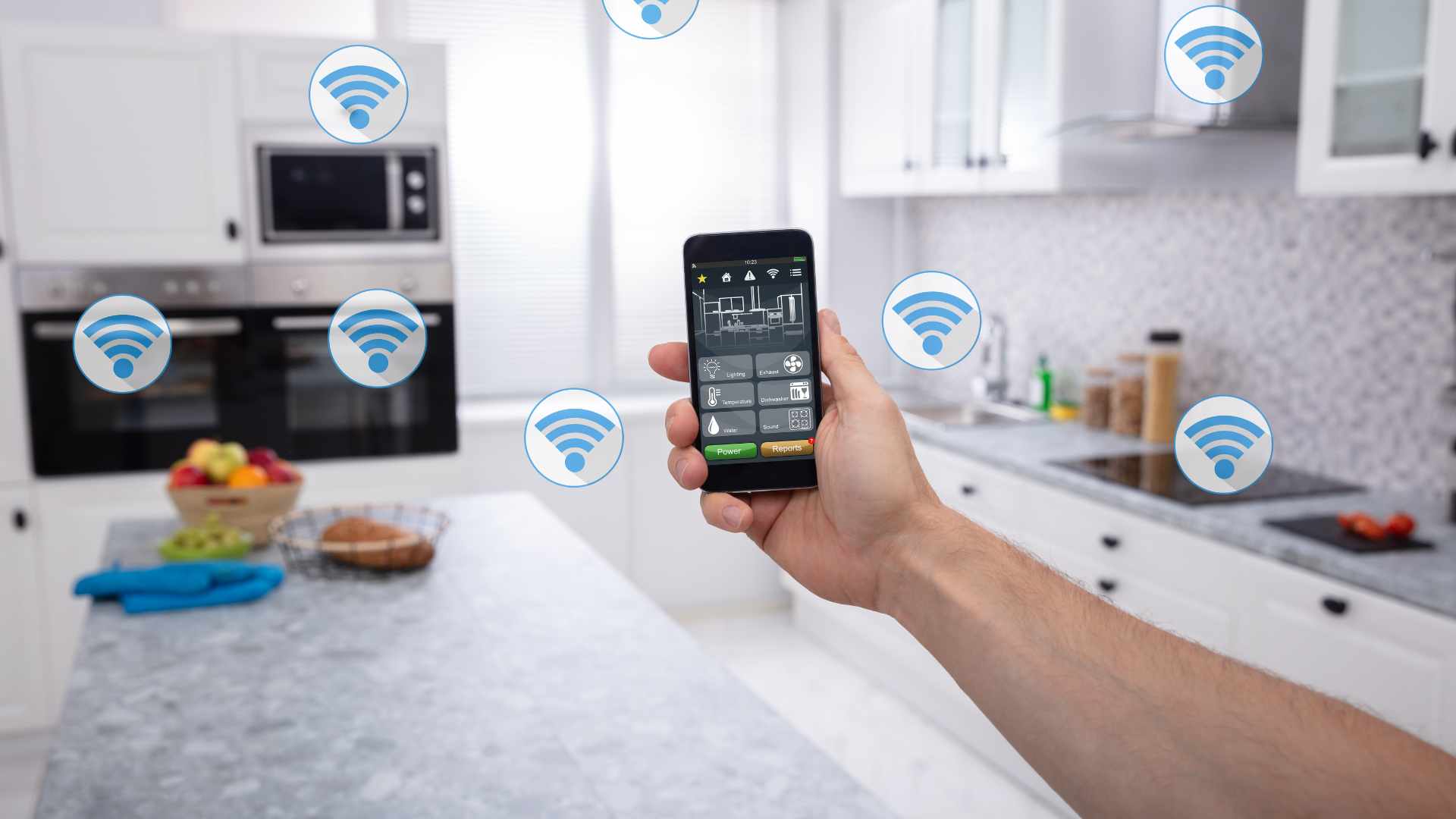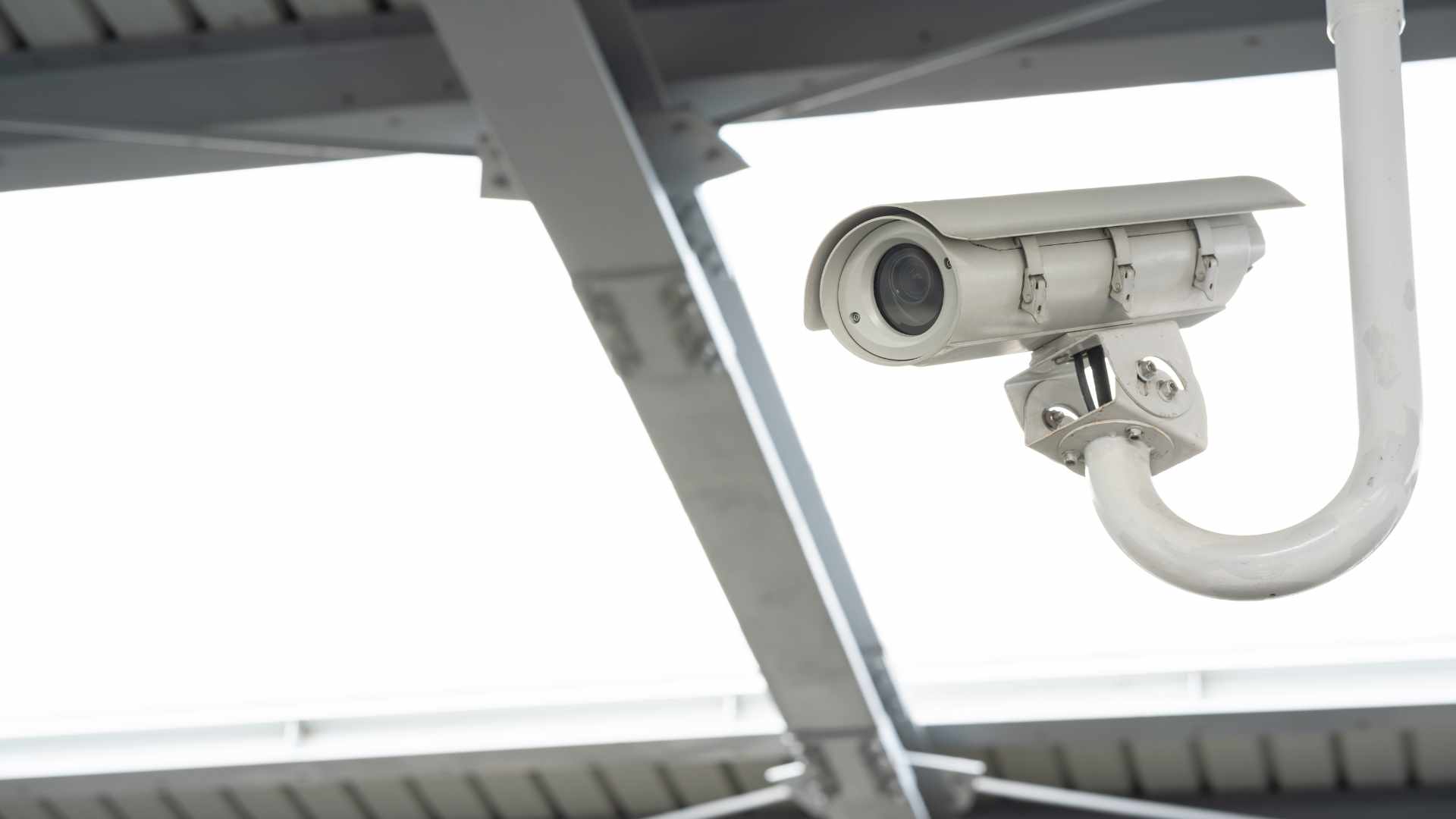Choosing the proper surveillance equipment is paramount in today’s security-conscious environment. Everyone is looking for ways to keep their homes and businesses safe, so security cameras are a must-have component of any comprehensive system. Many solutions are currently available thanks to technological progress, from classic security cameras to cutting-edge intelligent cameras.
While traditional security cameras have long been the backbone of video surveillance due to their reliability and ease of use, smart cameras have emerged as a game-changer. These revolutionary devices combine cutting-edge technology with enhanced features such as remote access, real-time alerts, and seamless integration with smart home systems.
In this blog, we will compare and contrast smart cameras with more conventional security cameras to better understand their features, capabilities, and advantages. Whether you’re thinking about replacing or adding to your old system, it’s essential to know how these two kinds of cameras compare. Explore the world of security cameras with us and determine which is ideal for your requirements.
What Is A Smart Camera?
Smart cameras, an integral part of modern security and surveillance systems, go beyond mere recording devices. They integrate advanced technologies to provide a comprehensive and efficient monitoring solution.Smart cameras represent a significant advancement in security technology, offering features that go beyond simple video recording. Their connectivity, advanced analytics, and ease of use make them an essential tool for enhancing security in homes, businesses, and public spaces. By leveraging the latest in AI and machine learning, smart cameras provide a proactive approach to surveillance, ensuring safety and peace of mind for users.
What Are The Features of Smart Cameras?
Advanced Connectivity
- Wi-Fi Enabled: Smart cameras connect to home Wi-Fi networks, allowing for real-time monitoring and footage recording.
- Remote Access: Users can access live feeds and recorded footage from anywhere through dedicated mobile apps.
Enhanced Security
- Motion Detection: Equipped with sensors that detect motion, these cameras can alert users to potential intrusions.
- Face Recognition: Advanced algorithms enable the identification of familiar faces, reducing false alarms.
- Geofencing: Integrates with GPS to activate or deactivate based on the user’s location.
User Interaction
- Two-Way Communication: Built-in microphones and speakers allow users to interact remotely.
- Custom Alerts: Notifications can be customised for specific events or individuals.
Image and Video Quality
- High-Resolution Imaging: Cameras provide high-definition video and images, ensuring clear and detailed surveillance footage.
- Night Vision: Infrared capabilities allow for effective monitoring in low-light conditions.
Storage and Power Solutions
- Cloud Storage: Footage is automatically uploaded to cloud services, ensuring data security and accessibility.
- Built-In Storage and Battery: Many models include internal storage and battery backup to function during power outages.
Installation and Setup
- Plug-and-Play: Most smart cameras are easy to install, often requiring no professional assistance.
- App Integration: Initial setup involves connecting the camera to a mobile app, which guides the user through the process.
Data Transmission
- Wi-Fi Transmission: Video footage is transmitted via Wi-Fi to cloud storage or directly to the user’s device.
- Encryption: End-to-end encryption ensures that transmitted data is secure from unauthorised access.
Processing and Analytics
- Edge Computing: Some smart cameras utilise edge computing to process data locally, reducing latency and improving response times.
- AI and Machine Learning: Advanced models use AI for tasks such as face recognition, object detection, and behaviour analysis.
Where Can You Use Your Smart Cameras?
Home Security
- Front Door Monitoring: Smart cameras are often installed at entry points to monitor visitors and package deliveries.
- Indoor Surveillance: Used to keep an eye on children, pets, and the elderly, ensuring their safety.
Commercial Use
- Retail Security: Businesses use smart cameras for theft prevention, customer behaviour analysis, and employee monitoring.
- Industrial Surveillance: In manufacturing, these cameras monitor production lines and ensure workplace safety.
Public Safety
- Traffic Management: Deployed at intersections and highways to monitor traffic flow and detect violations.
- Public Spaces: Used in parks, schools, and other public areas to enhance security and monitor activities.
What Is A Traditional Security Camera?
Traditional security cameras, also known as Closed-Circuit Television (CCTV) cameras, have been a cornerstone of surveillance systems for decades. These cameras are widely used for monitoring and recording activities in various settings such as homes, businesses, and public spaces.
Traditional security cameras remain a vital component of surveillance systems, offering reliable, cost-effective, and secure monitoring solutions. While smart cameras provide advanced features and integration capabilities, traditional cameras continue to be preferred in many scenarios due to their stability and lower vulnerability to cyber threats. When choosing a security system, it is essential to consider specific needs, including budget, installation complexity, and desired features, to ensure the best fit for your surveillance requirements.
What Are The Features of Traditional Security Cameras?
Basic Components
- Cameras: Capture video footage continuously.
- Recorders: Use Digital Video Recorders (DVRs) or Network Video Recorders (NVRs) to store footage.
- Monitors: Display live or recorded footage.
- Cables: Coaxial cables for analog systems and Ethernet cables for digital systems.
Operation
- Continuous Recording: Traditional cameras record non-stop, ensuring comprehensive coverage.
- Motion Detection: Some models include basic motion detection to save storage space.
- Night Vision: Infrared technology enables recording in low-light conditions.
Connectivity
- Wired Systems: Require a stable wired connection for power and data transmission, ensuring reliability.
- Local Storage: Footage is stored locally, reducing vulnerability to cyber-attacks but increasing the risk of physical damage or theft.
Advantages of Traditional Security Cameras
Reliability
- Stable Connection: Less prone to interference compared to wireless systems.
- Continuous Operation: Can function without internet connectivity, making them ideal for areas with poor or no internet access.
Cost-Effectiveness
- Lower Initial Cost: Generally cheaper to install than smart cameras.
- No Subscription Fees: Avoid monthly fees associated with cloud storage and other services.
Security
- Reduced Hacking Risk: Not connected to the internet, reducing the risk of cyber-attacks.
Comparison of Features
From traditional CCTV systems to smart security cameras marks a significant leap in technology. Both traditional and smart security cameras offer unique advantages and are suited to different needs. Traditional cameras provide reliability and cost-effectiveness, while smart cameras offer advanced features and greater flexibility. When choosing between the two, consider your specific requirements, budget, and the level of technology you are comfortable with. By evaluating these factors, you can select the system that best meets your security needs.
Conclusion
Your budget, level of technological comfort, and security requirements should be the deciding factors between intelligent cameras and more conventional security cameras. Many find that traditional security cameras are the most cost-effective option since they provide dependable, continuous coverage and are less vulnerable to internet threats. A more versatile and technologically superior alternative would be intelligent cameras, which include capabilities like remote access, real-time alerts, and the ability to connect with other smart devices.
Smart cameras are popular among consumers who value the ease of current technology and better security features. In contrast, classic cameras are best suited for those who desire simple, dependable surveillance without internet connectivity. To keep your home or company safe in today’s dynamic security scene, it’s important to weigh the benefits and drawbacks of each type. This will help you make an informed decision that meets your needs.
FAQs About Security Cameras
What Are The Primary Differences Between Smart Cameras And Traditional Security Cameras?
Smart cameras integrate advanced technologies like AI, remote access, and real-time alerts, offering features such as face recognition, geofencing, and seamless integration with smart home systems. Traditional security cameras, on the other hand, provide reliable, continuous surveillance with simpler, more straightforward functionality, often without the need for internet connectivity.
How Do The Installation Processes Of Smart Cameras And Traditional Security Cameras Compare?
Smart cameras typically feature plug-and-play installation, which is user-friendly and often requires no professional assistance. Traditional security cameras, especially wired systems, may require professional installation due to the need for running cables through walls and setting up DVRs or NVRs.
Are Smart Cameras More Vulnerable To Cyber Threats Compared To Traditional Security Cameras?
Yes, because smart cameras are connected to the internet, they are more susceptible to cyber-attacks. Implementing strong passwords, encryption, and regular software updates can help mitigate these risks. Traditional security cameras are generally less vulnerable as they do not rely on internet connectivity.
Which Type Of Camera Is More Cost-Effective In The Long Run?
Traditional security cameras often have lower initial costs and no recurring subscription fees, making them more cost-effective for those with tight budgets. Smart cameras, while typically more expensive upfront and potentially requiring monthly fees for cloud storage, offer advanced features that may justify the higher cost for some users.
Can Smart Cameras Function Without An Internet Connection?
Smart cameras rely heavily on a stable internet connection for optimal performance, including features like remote access and real-time alerts. While some models may offer limited functionality offline, their full capabilities require internet access. Traditional security cameras can operate entirely without an internet connection, making them suitable for areas with poor or no internet access.


